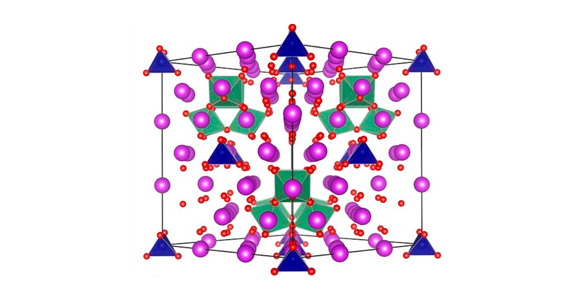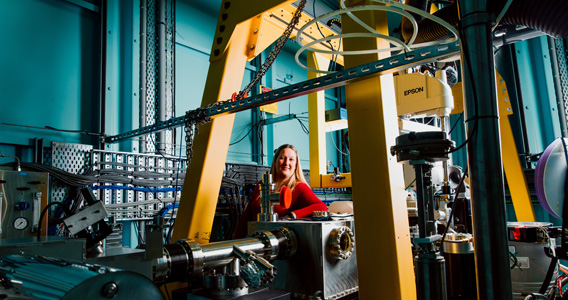The bioSAXS beamline proposal is for an in-vacuum undulator beamline dedicated to the study of biological macromolecules through small angle X-ray scattering analysis, together with supporting instrumentation. SAXS is sensitive to the tertiary structure of molecules and can provide detailed information on molecular size, over-all shape, oligomeric state and formation of complexes in solution. The beamline will largely be aimed at the life science research community including biochemists, protein chemists and structural biologists and will meet a growing demand for structural characterisation of soluble proteins.
The beamline will consist of three integrated components: a high performance SAXS instrument; capabilities for automating sample handling and data collection, reduction and analysis; and integrated complementary instrumentation, such as size exclusion chromatography and laser light scattering.
The beamline’s X-ray optical design is being led by Nigel Kirby, who designed, built and runs the Australian Synchrotron SAXS beamline. The X-ray optics will consist of a 34 m long photon delivery system with a Si(111) monochromator positioned 17 m from the source. A set of Kirkpatric-Baez mirrors sample 20 m from the source will serve as the primary means of beam collimation, together with at least three sets of slits before the sample. Depending on the length of the available straight section of the storage ring, the instrument will deliver 1.5 to 3 x1012 photons per second to the sample position and will use a camera length of between 2.5 to 3 m. A Pilatus 2M detector (Dectris) mounted within the vacuum space of the SAXS camera will allow collection of SAXS data in a Q range of <0.005 to 0.5 Å-1, and exposure times of between 1 and 5 seconds. The X-ray beam will have a spot size of 500x200 μm (full-width half-max) at the sample. These optics are specifically optimised for measuring biological macromolecules in the size range of 5-500 KDa.
The sample environment and automation is an important part of the beamline design. The sample stage will allow for temperature control, in addition to allowing data acquisition while samples are in a static or flowing configuration. The beamline will include an integrated high-pressure liquid chromatography (HPLC) system that may be used to deliver the samples, this will include an auto-sample loader allowing for a remote access mode of data collection. Using the HPLC capability samples will be able to be subject to a final purification step, directly before data collection and will be characterised prior to measurement. The HPLC will load a sample from a 96 well plate automated sample loader to an analytical size exclusion column. This will separate the sample from aggregate and give an elution profile.
The sample will go through absorbance and refractive index measurement to give an accurate concentration. An inline multi-angle laser scattering instrument will characterise monodispersity, molecular weight and will make a measurement of radius of gyration before the sample is delivered into the SAXS sample environment. Measuring sample concentration and monodispersity in-line with SAXS will allow the data to be converted automatically to normalised units and compared with calibration standards for validation. This will reduce uncertainties of data quality that are implicit in SAXS by providing cross-validation.
![]() Download BioSAXS Detailed Report 2011-09 (pdf, 775kb)
Download BioSAXS Detailed Report 2011-09 (pdf, 775kb)
The members of the BioSAXS Beamline Scoping Group are: Terry Mulhern (Melbourne), Matthew Wilce (Monash), Cy Jeffries (ANSTO), Andrew Whitten (UQ), Nathan Cowieson (AS), SAXS/ WAXS Team (AS).
Enquiries may be directed to: Terry Mulhern
Position: Senior Lecturer, Bio21 Institute, Melbourne University
Email: tmulhern@unimelb.edu.au
Position: Senior Scientist - MX, Australian Synchrotron
Email: Nathan.Cowieson@synchrotron.org.au
Further Information
- Contact Andrew Peele or Kia Wallwork at asdp@synchrotron.org.au.











